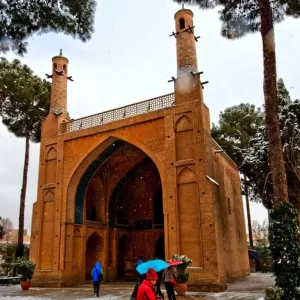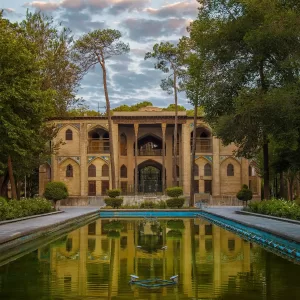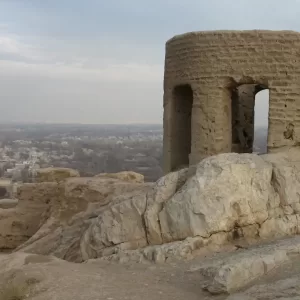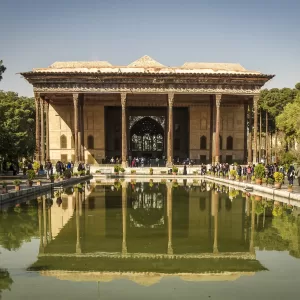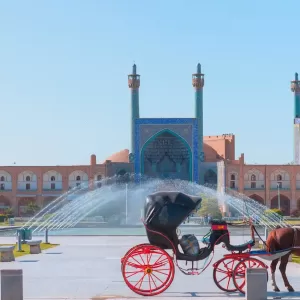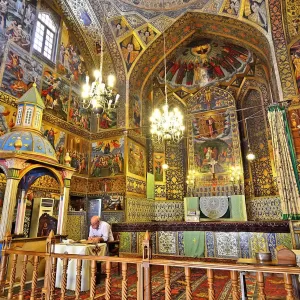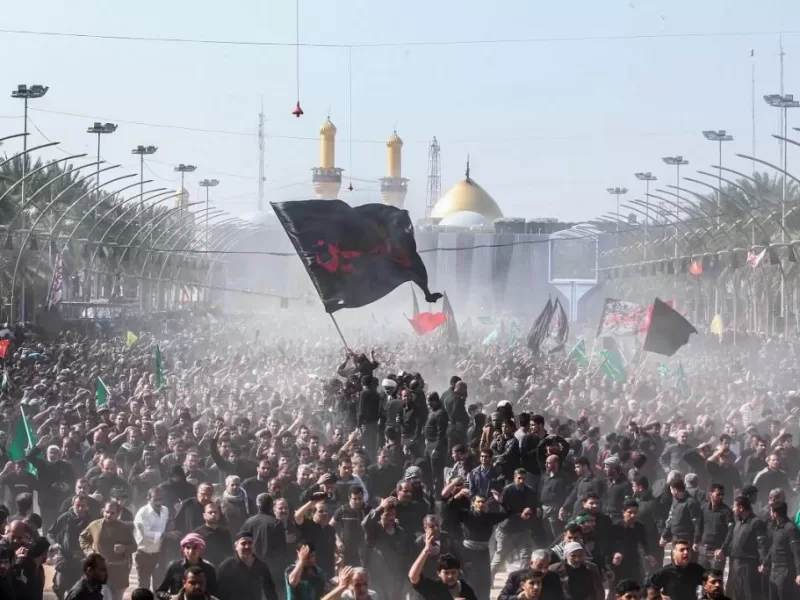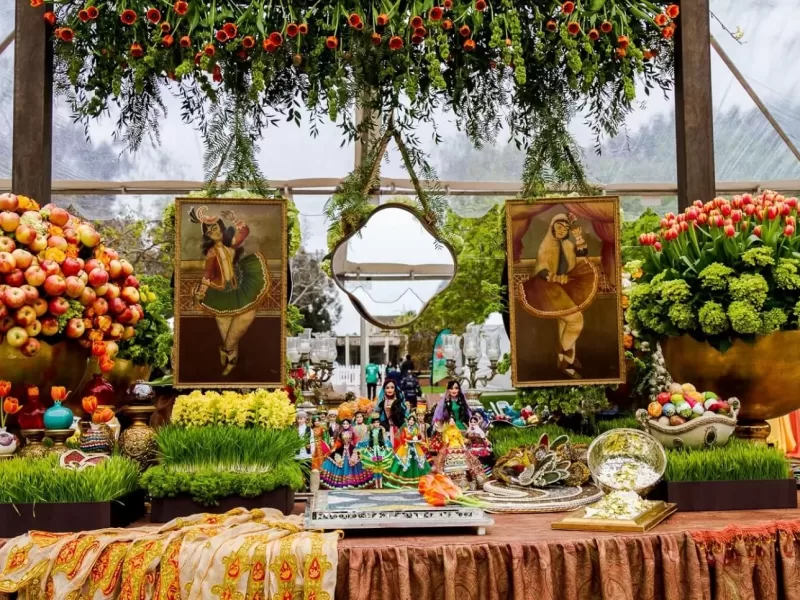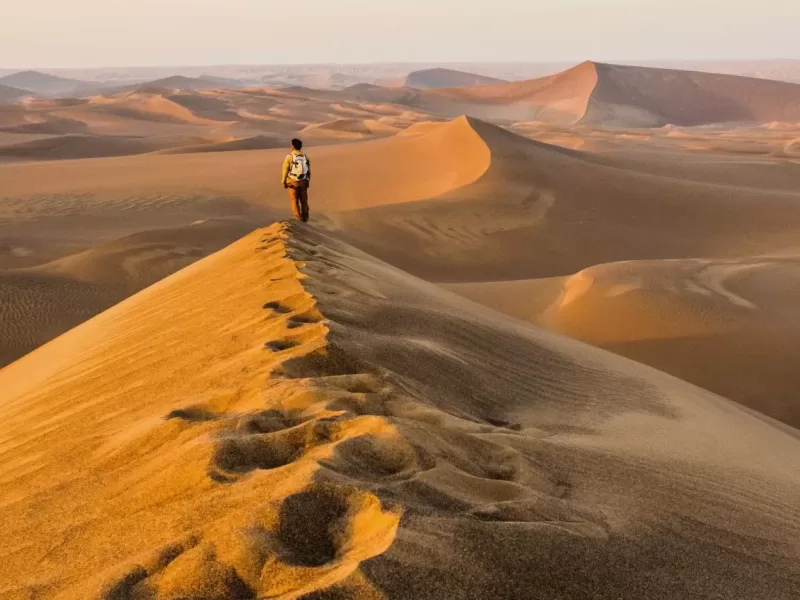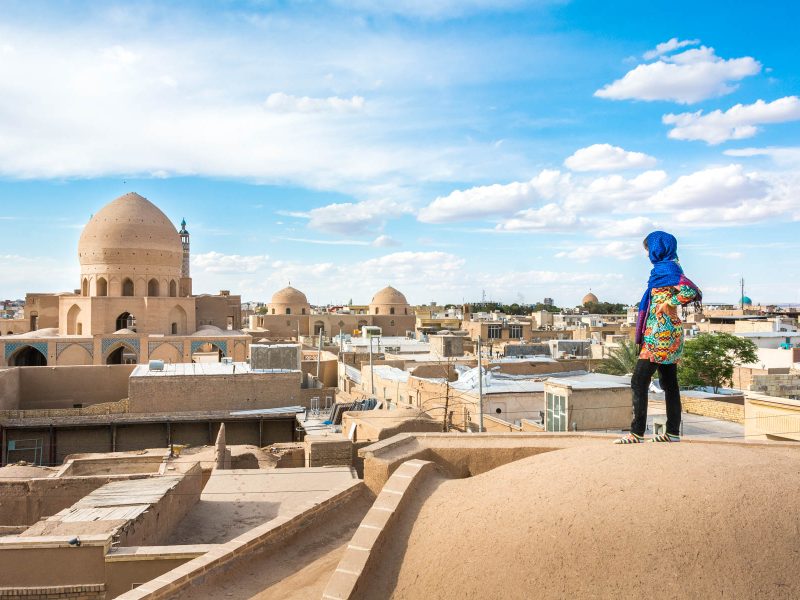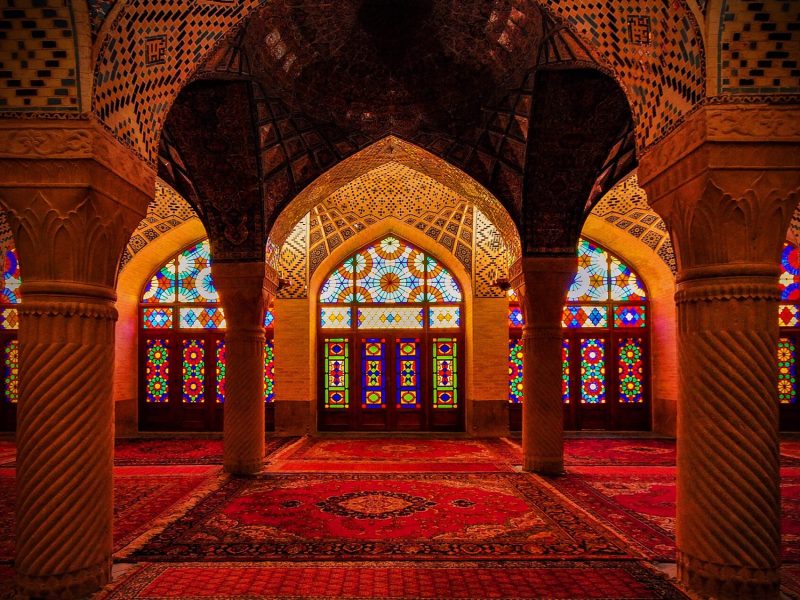A Journey Through Time: The Rich History of Naqsh-e Jahan Square
Discover one of the most magnificent and iconic attractions in Iran with Radtravel Agency. Naqsh-e Jahan Square, also known as Imam Square, is located in the heart of Isfahan and is considered one of the largest city squares in the world. With its rich history, stunning architecture, and vibrant atmosphere, the square is a must-visit destination for any traveler to Isfahan.
Brief Facts:
- Location: Isfahan, Iran
- Size: 500 x 160 meters
- Construction: Safavid dynasty (1602-1736)
- Also known as: Imam Square, Shah Square, Royal Square
- It is considered one of the largest squares in the world, covering an area of around 50,000 square meters.
- The square is surrounded by important historical buildings, including the Royal Palace, the Imam Mosque (Shah Mosque), the Sheikh Lotfollah Mosque, and the Ali Qapu Palace.
- The square was used as a public gathering place for various events, such as polo games, military parades, and bazaars.
- In the center of the square is a large pool, where visitors can enjoy a relaxing walk or sit on its edge and enjoy the surroundings.
- Naqsh-e Jahan Square has been designated as a UNESCO World Heritage Site and is one of the most popular tourist destinations in Isfahan.
History of Naqsh-e jahan square
The history of Naqsh-e Jahan Square dates back to the Safavid dynasty in the 16th century when Shah Abbas I decided to move the capital of his empire from Qazvin to Isfahan. The square was built to serve as the center of the city and was surrounded by important structures such as the Ali Qapu palace, the Sheikh Lotf Allah Mosque, and the Imperial Bazaar.
The square was also used for various events and ceremonies, including military parades, political gatherings, and sporting events. During the reign of Shah Abbas II, the square was also used as a polo field.
Throughout the centuries, Naqsh-e Jahan Square underwent several renovations, including the addition of fountains, gardens, and tiles. Despite being destroyed and damaged several times, the square has always been rebuilt and remains an important cultural and historical landmark in Isfahan.
Today, Naqsh-e Jahan Square is one of the most popular tourist destinations in Iran, attracting millions of visitors every year. It is recognized as a UNESCO World Heritage Site and is considered one of the largest squares in the world. It serves as a testament to the rich history and cultural heritage of Iran and is a must-visit destination for anyone traveling to Isfahan.
Naqsh-e Jahan Square’s Recognition as a UNESCO World Heritage Site
Naqsh-e Jahan Square was designated as a UNESCO World Heritage Site in 1979, recognizing its significance as a masterpiece of Persian architecture and town planning. The square reflects the high level of social and cultural interaction in the Persian Empire during the Safavid dynasty, which reigned from the 16th to the 18th century.
UNESCO described Naqsh-e Jahan Square as a “exceptional testimony to the cultural, social, and economic achievements of the Persian Empire” and a “masterpiece of town planning and architecture”. The square’s harmonious composition and the quality of its monuments are a testament to the achievements of the Safavid dynasty in promoting the arts, as well as its role as a political and cultural center of the empire.
The preservation and restoration efforts carried out by the Iranian government and other organizations have helped to maintain the beauty and historical significance of Naqsh-e Jahan Square. The square continues to be a popular tourist destination and a testament to the rich cultural heritage of Iran.
Architecture
The square is surrounded by beautiful buildings and monuments, each with its own unique style and significance. The four main buildings surrounding the square are the Imam Mosque, Sheikh Lotfollah Mosque, Ali Qapu Palace, and the Qeysarieh Portal. Each building is a masterpiece of Persian architecture, and together they form a harmonious ensemble that showcases the artistry and skill of the Safavid dynasty.
The Imam Mosque is considered one of the most beautiful and grand mosques in the world. It features stunning tile work, intricate calligraphy, and a massive dome that rises high above the square. The Sheikh Lotfollah Mosque, on the other hand, is a smaller mosque with an even more intricate interior. Its exquisite tile work and calligraphy are considered some of the finest examples of Persian art.
The Ali Qapu Palace is a grand palace that was once the residence of the Safavid Shahs. The palace features several floors, each with its own unique style and decoration. The Qeysarieh Portal is a grand entrance to the bazaar and features stunning tile work, calligraphy, and intricate carvings.
Best time to visit: The best time to visit Naqsh-e Jahan Square is in the spring and fall, when the weather is mild and the crowds are smaller. Summer can be very hot and crowded, while winter can be quite cold and damp.
FAQs:
Q1: What is Naqsh-e Jahan Square?
A: Naqsh-e Jahan Square is a historic public square located in Isfahan, Iran. It was built during the Safavid dynasty in the 16th century and served as the center of the city.
Q2. Why was Naqsh-e Jahan Square built?
A. Naqsh-e Jahan Square was built by Shah Abbas I as the center of the new capital city of Isfahan. It was meant to serve as a gathering place for the people and a symbol of the empire’s power.
Q3. What structures surround Naqsh-e Jahan Square?
A. The square is surrounded by important structures such as the Ali Qapu palace, the Sheikh Lotf Allah Mosque, and the Imperial Bazaar.
Q4. What events and ceremonies were held at Naqsh-e Jahan Square?
A. Naqsh-e Jahan Square was used for various events and ceremonies, including military parades, political gatherings, and sporting events. During the reign of Shah Abbas II, the square was also used as a polo field.
Q5. How has Naqsh-e Jahan Square changed over time?
A. Throughout the centuries, Naqsh-e Jahan Square underwent several renovations, including the addition of fountains, gardens, and tiles. Despite being destroyed and damaged several times, the square has always been rebuilt and remains an important cultural and historical landmark in Isfahan.
Q6. Is Naqsh-e Jahan Square a UNESCO World Heritage Site?
A. Yes, Naqsh-e Jahan Square is recognized as a UNESCO World Heritage Site.
Q7. How big is Naqsh-e Jahan Square?
A. Naqsh-e Jahan Square is considered one of the largest squares in the world.
Q8. Can tourists visit Naqsh-e Jahan Square?
A. Yes, Naqsh-e Jahan Square is a popular tourist destination and attracts millions of visitors every year.
Q9. What can visitors expect to see at Naqsh-e Jahan Square?
A. Visitors to Naqsh-e Jahan Square can expect to see the historic square surrounded by important structures such as the Ali Qapu palace, the Sheikh Lotf Allah Mosque, and the Imperial Bazaar. They can also see the various fountains, gardens, and tiles that have been added to the square throughout the centuries.
Q10. Why is Naqsh-e Jahan Square a must-visit destination?
A. Naqsh-e Jahan Square is a must-visit destination for anyone traveling to Isfahan. It serves as a testament to the rich history and cultural heritage of Iran and offers a unique opportunity to see a historic public square surrounded by important structures that have stood the test of time.
Q11: What does Naqsh-e Jahan Square mean?
A: Naqsh-e Jahan means “Image of the World” in Persian.
Q12: How big is Naqsh-e Jahan Square?
A: Naqsh-e Jahan Square is 500 x 160 meters.
Q13: When was Naqsh-e Jahan Square built?
A: Naqsh-e Jahan Square was built during the Safavid dynasty (1602-1736).
Q13: What is the significance of the square?
A: Naqsh-e Jahan Square is significant as it was designed to be the center of political, cultural, and commercial life in Isfahan during the Safavid dynasty.
Q14: What are the four main buildings surrounding the square?
A: The four main buildings surrounding the square are the Imam Mosque, Sheikh Lotfollah Mosque, Ali Qapu Palace, and the Qeysarieh Portal.
Q15: Is the Imam Mosque the biggest mosque in Naqsh-e Jahan Square?
A: Yes, it is.

